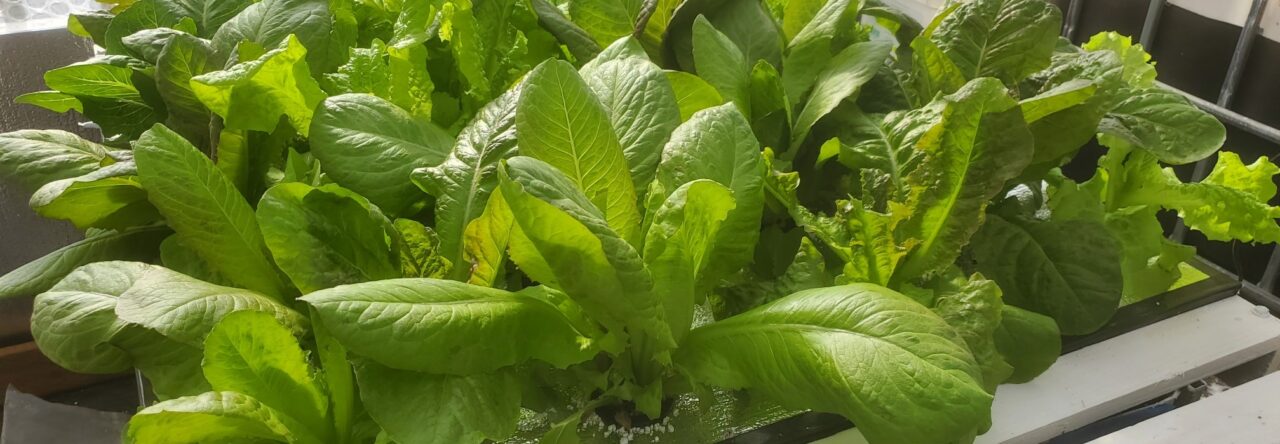Growing Spinach Using the Kratky Method
Introduction
Spinach is a highly nutritious green leafy vegetable that is packed with vitamins, minerals, and antioxidants. It is a popular vegetable to grow in home gardens because it is easy to grow and can be grown in a variety of growing conditions. The Kratky method is a simple hydroponic growing method that is ideal for growing spinach indoors or outdoors, especially for those who do not have access to an electric power source or do not want to invest in expensive hydroponic equipment.
This page will provide step by step guidance on how to grow spinach using the Kratky method, which involves growing spinach without soil, using only water and nutrients.
Materials Needed
Spinach seeds
Net pots or containers with drainage holes
Hydroponic nutrients
Water
pH test kit
Clean, sharp scissors
Grow lights (if growing indoors)
Steps in Growing Spinach Using the Kratky Method
Fill the container with nutrient solution up to the bottom of the net pot.
Test the pH of the water and adjust it to 5.5 to 6.5, which is the ideal range for spinach growth.
Put the net pot or container with drainage holes on the container
Plant the spinach seeds in the net pot or container. Cover the seeds with a thin layer of the growing media
Place the container in sun or a well-lit area or under grow lights for approximately 10 hours per day.
Monitor the pH and nutrient levels of the water and adjust as necessary.
Harvest the spinach once the leaves have reached the desired size. Use clean, sharp scissors to cut the leaves off just above the base of the plant.
Tips for Successful Spinach Growth
Choose a variety of spinach that is suitable for hydroponic growth, such as the Bloomsdale Long Standing or Tyee spinach.
Make sure the container is blacked out to sunlight to prevent the buildup of algae and bacteria.
Keep the pH level within the specified range to ensure optimal nutrient uptake by the plant.
Harvest the spinach leaves regularly to encourage new growth.
Conclusion
Growing spinach using the Kratky method is an easy and inexpensive way to grow spinach without soil. This method is suitable for those who have limited access to electricity or do not want to invest in expensive hydroponic equipment. By following the steps outlined in this page and using the tips provided, you can grow fresh, nutritious spinach at home, all year round.



















